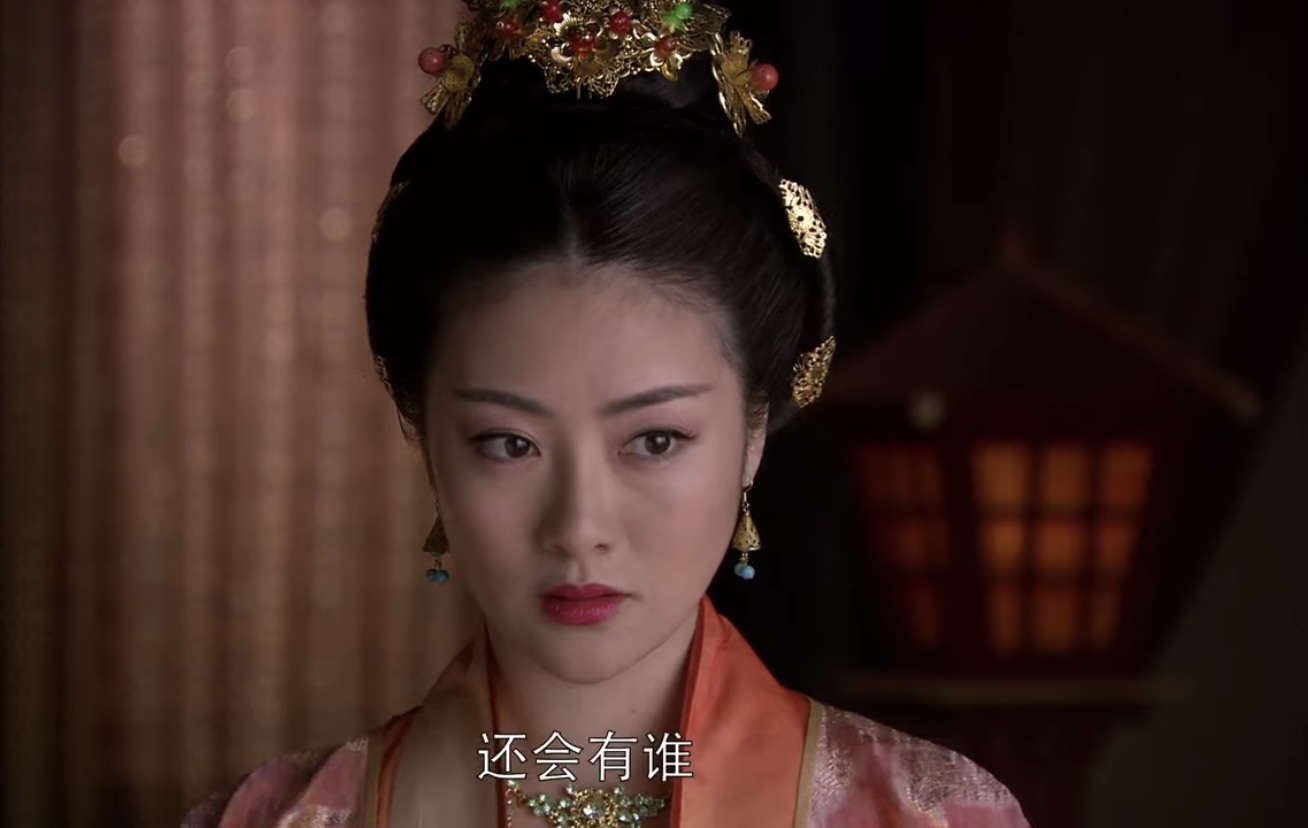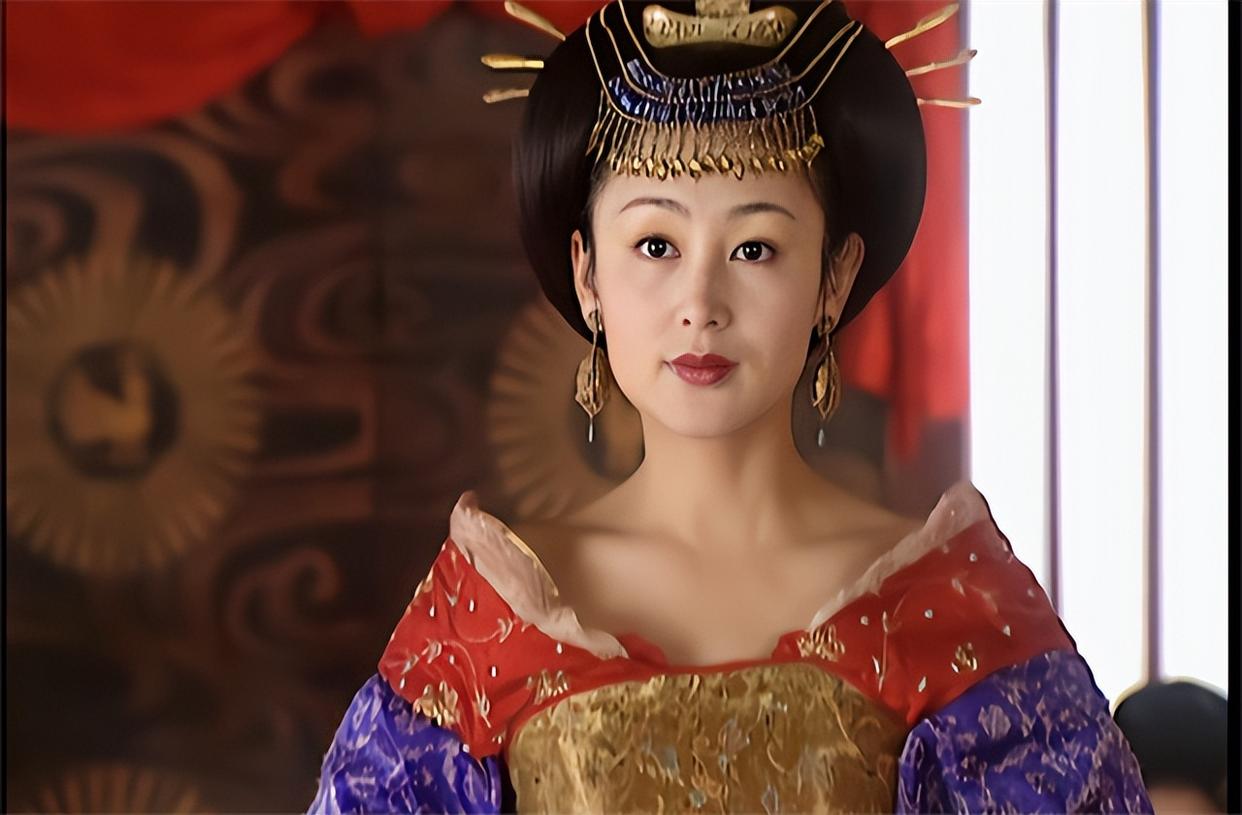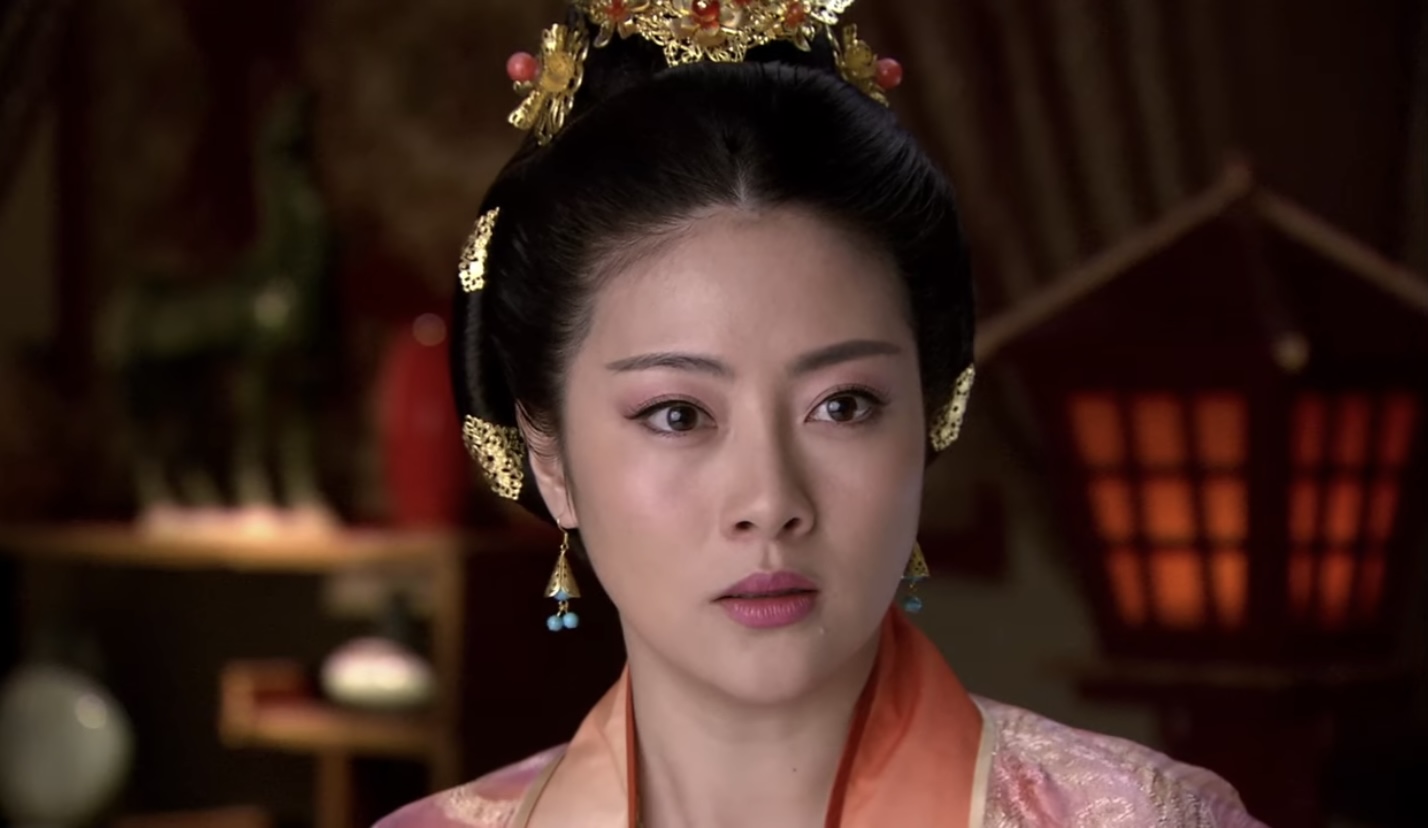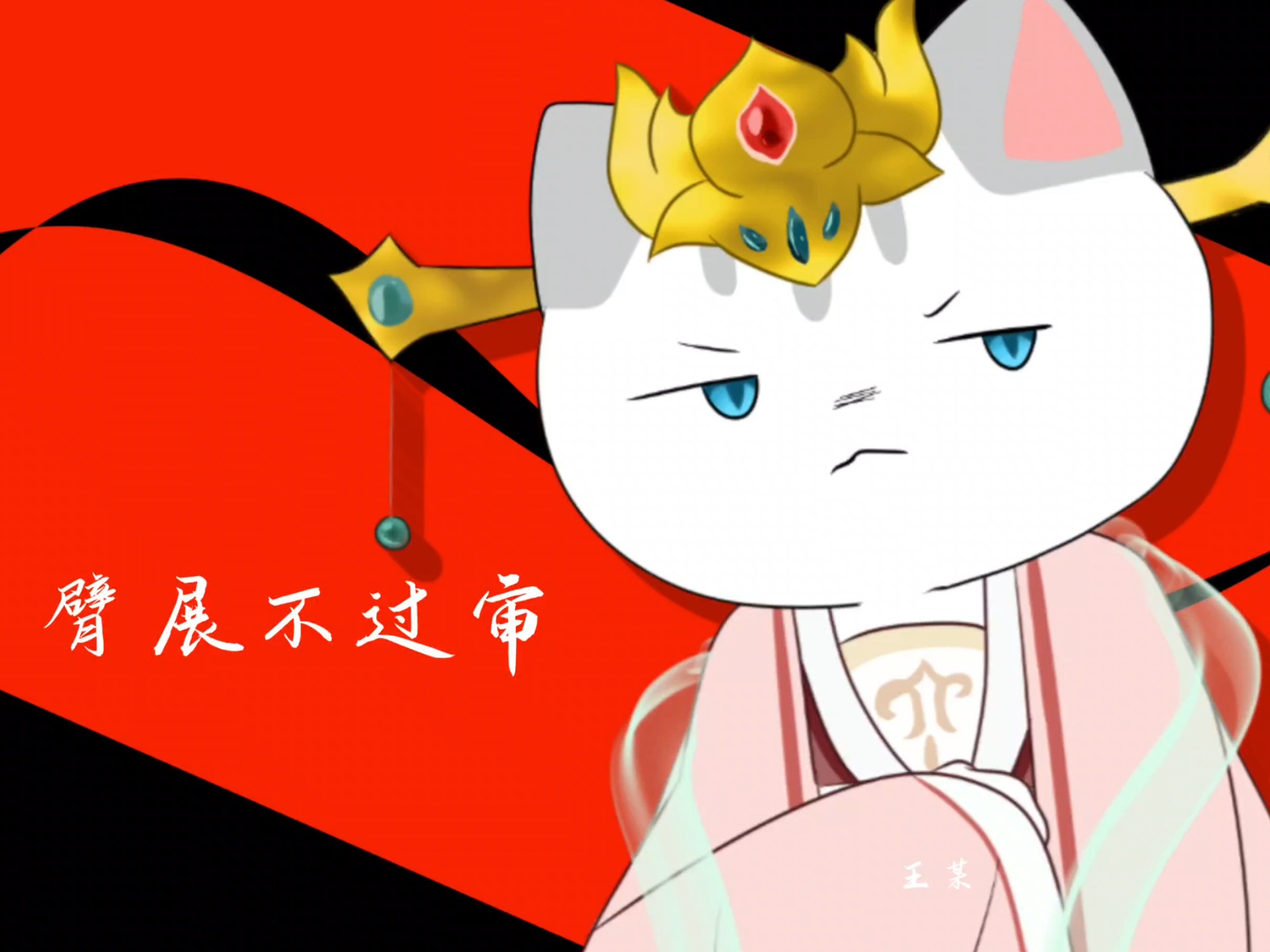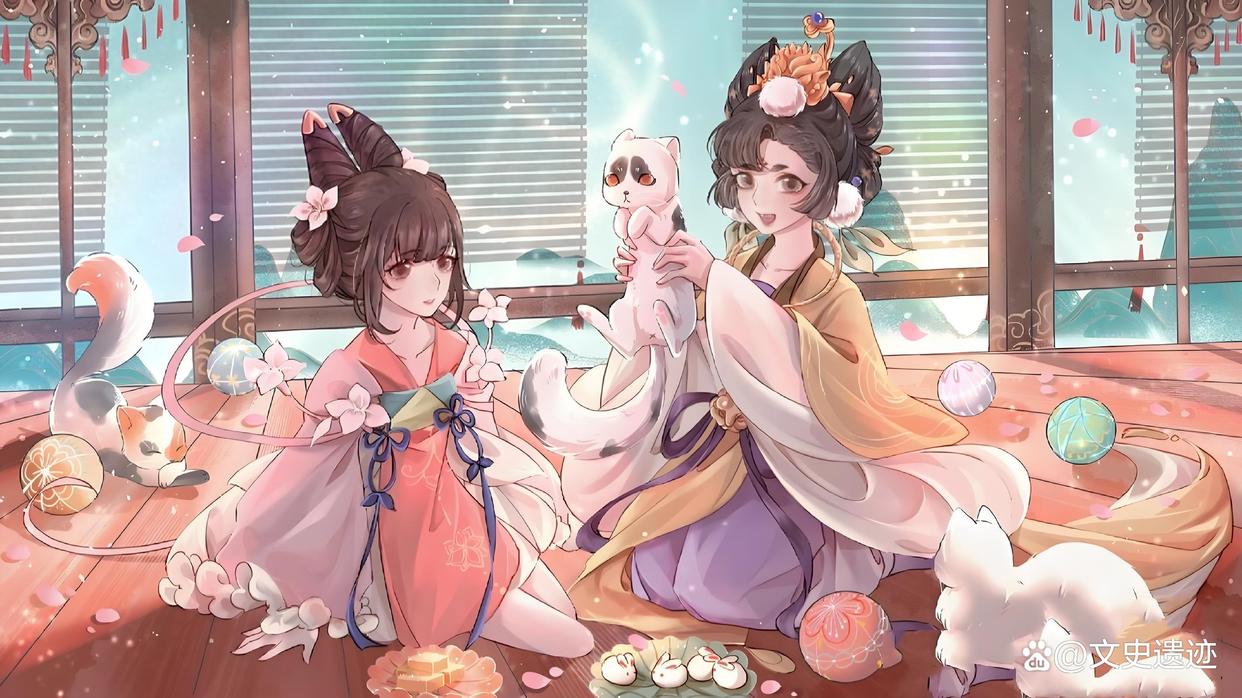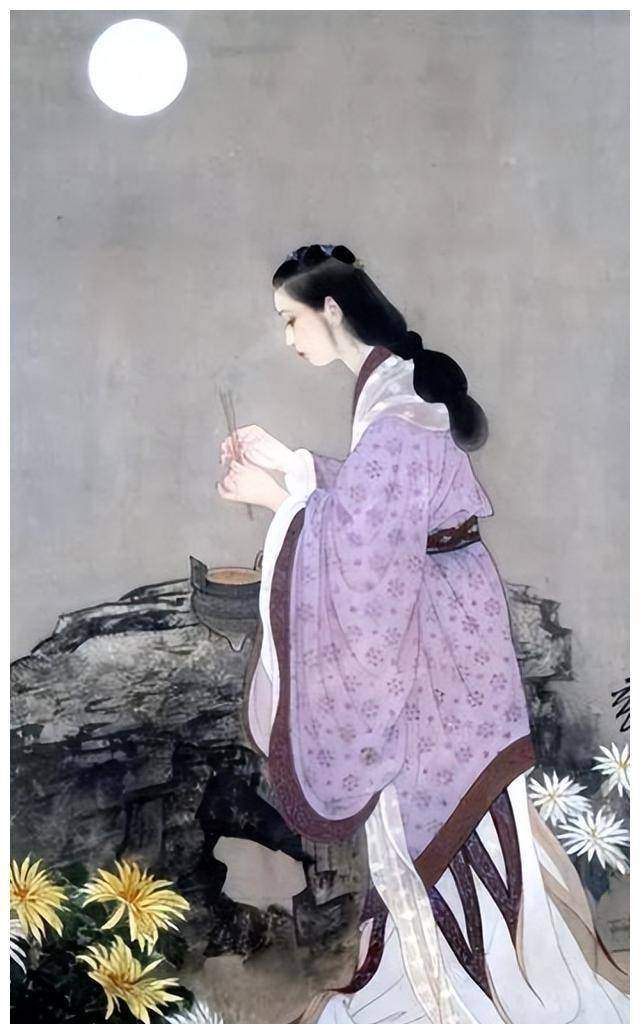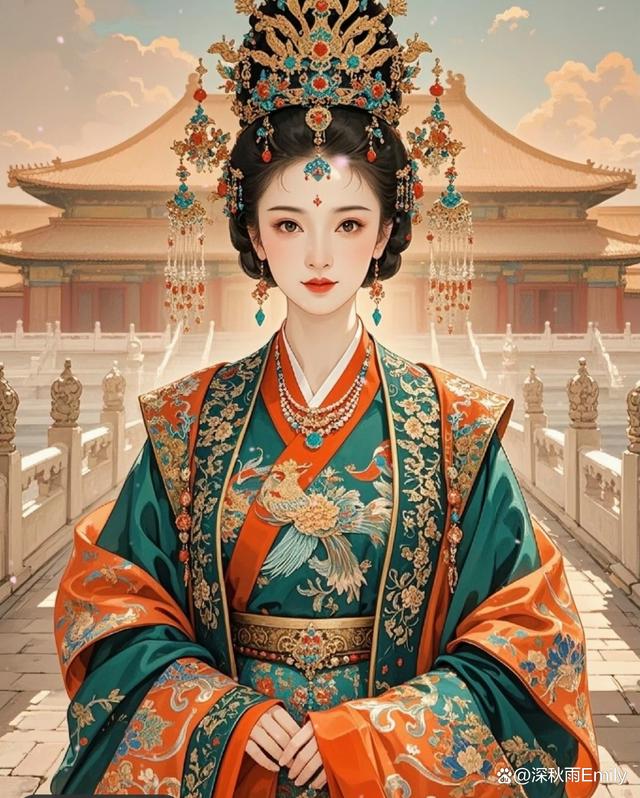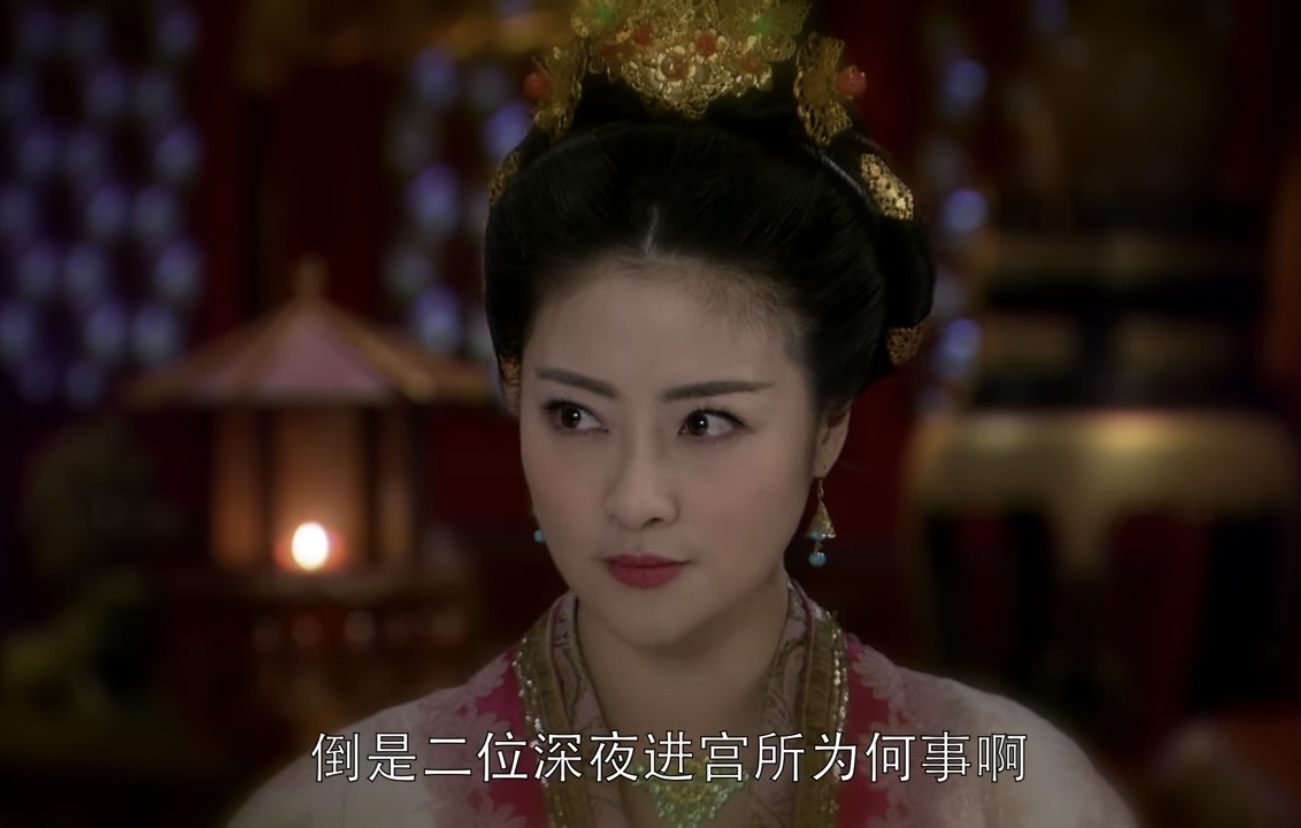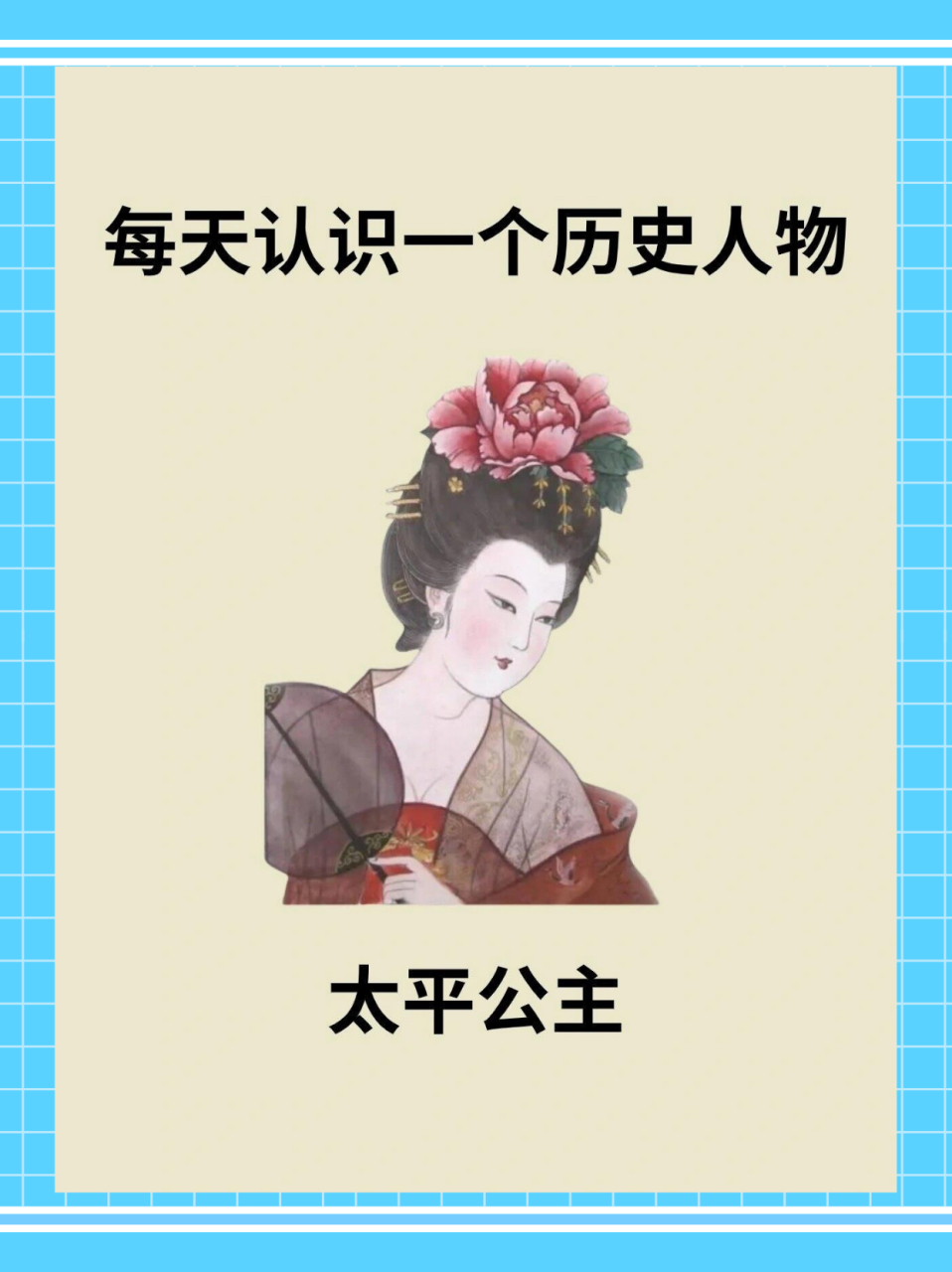Category
tang
The Tang Dynasty (618-907) was a major unified dynasty in Chinese history that followed the Sui Dynasty. It ruled for 289 years and had 21 emperors. [1] [181]
In the late Sui Dynasty, many warlords rose up, and Li Yuan, the Duke of Tang, took advantage of this opportunity to raise an army in Jinyang. In 618, he declared himself emperor, established the Tang Dynasty, and made Chang’an its capital. After Emperor Taizong succeeded to the throne, he initiated the Zhenguan era of governance, laying the foundation for the Tang Dynasty’s heyday. Emperor Gaozong followed the legacy of Zhenguan and initiated the “Yonghui era of governance”. In 690, Wu Zetian changed the country’s name to Zhou and made Luoyang its capital. After the Shenlong Revolution in 705, the country’s name was restored to Tang. During the reign of Emperor Xuanzong, the Kaiyuan era of prosperity emerged, bringing the Tang Dynasty to its peak. At the end of the Tianbao era, the national population reached about 80 million. After the Anshi Rebellion, there were successive separatist regimes and eunuch dictatorships, and the national strength gradually declined. After the “Yuanhe revival” under Emperor Xianzong, the “Huichang revival” under Emperor Wuzong, and the “Dazhong era of governance” under Emperor Xuanzong, the national power was revived. However, the peasant uprising in the late Tang Dynasty destroyed the foundation of Tang rule, and the power of the separatist regimes greatly increased, seriously weakening central control. The Tang Dynasty existed in name only. In 907, Zhu Wen, a separatist general, usurped the throne and the Tang Dynasty fell. [181] [234]
The Tang Dynasty had an unprecedentedly vast territory. At its peak, it extended from the Sea of Japan in the east, to Annam in the south, to the Aral Sea in the west, and beyond Lake Baikal in the north. [6-7] The Tang Dynasty adopted a policy of Jimi towards neighboring ethnic groups, and established close political and economic ties with various ethnic groups through various means such as ennoblement and marriage alliances. [163]; The ruling class embraced and incorporated foreign cultures with an open mind and broad-mindedness. [186] Japan, Nanzhao, Silla, and the Bohai Kingdom all sent envoys to learn the Tang system and culture. The ethnic groups in the border areas and the hinterland presented a situation of great integration. [170].
The Tang Dynasty was one of the most powerful countries in the world at that time, with strong national strength, prosperous economy, active foreign exchanges, and important achievements in institutions. After the Tang Dynasty, overseas Chinese were often referred to as “Tang people”. Through exchanges with various countries, the economy, society, culture, and art of the Tang Dynasty presented characteristics of diversification and openness, and achieved important results in poetry (Tang poetry), calligraphy, painting, music, and other fields.
Category
tang
The Tang Dynasty (618-907) was a major unified dynasty in Chinese history that followed the Sui Dynasty. It ruled for 289 years and had 21 emperors. [1] [181]
In the late Sui Dynasty, many warlords rose up, and Li Yuan, the Duke of Tang, took advantage of this opportunity to raise an army in Jinyang. In 618, he declared himself emperor, established the Tang Dynasty, and made Chang’an its capital. After Emperor Taizong succeeded to the throne, he initiated the Zhenguan era of governance, laying the foundation for the Tang Dynasty’s heyday. Emperor Gaozong followed the legacy of Zhenguan and initiated the “Yonghui era of governance”. In 690, Wu Zetian changed the country’s name to Zhou and made Luoyang its capital. After the Shenlong Revolution in 705, the country’s name was restored to Tang. During the reign of Emperor Xuanzong, the Kaiyuan era of prosperity emerged, bringing the Tang Dynasty to its peak. At the end of the Tianbao era, the national population reached about 80 million. After the Anshi Rebellion, there were successive separatist regimes and eunuch dictatorships, and the national strength gradually declined. After the “Yuanhe revival” under Emperor Xianzong, the “Huichang revival” under Emperor Wuzong, and the “Dazhong era of governance” under Emperor Xuanzong, the national power was revived. However, the peasant uprising in the late Tang Dynasty destroyed the foundation of Tang rule, and the power of the separatist regimes greatly increased, seriously weakening central control. The Tang Dynasty existed in name only. In 907, Zhu Wen, a separatist general, usurped the throne and the Tang Dynasty fell. [181] [234]
The Tang Dynasty had an unprecedentedly vast territory. At its peak, it extended from the Sea of Japan in the east, to Annam in the south, to the Aral Sea in the west, and beyond Lake Baikal in the north. [6-7] The Tang Dynasty adopted a policy of Jimi towards neighboring ethnic groups, and established close political and economic ties with various ethnic groups through various means such as ennoblement and marriage alliances. [163]; The ruling class embraced and incorporated foreign cultures with an open mind and broad-mindedness. [186] Japan, Nanzhao, Silla, and the Bohai Kingdom all sent envoys to learn the Tang system and culture. The ethnic groups in the border areas and the hinterland presented a situation of great integration. [170].
The Tang Dynasty was one of the most powerful countries in the world at that time, with strong national strength, prosperous economy, active foreign exchanges, and important achievements in institutions. After the Tang Dynasty, overseas Chinese were often referred to as “Tang people”. Through exchanges with various countries, the economy, society, culture, and art of the Tang Dynasty presented characteristics of diversification and openness, and achieved important results in poetry (Tang poetry), calligraphy, painting, music, and other fields.
Nothing more to load.
